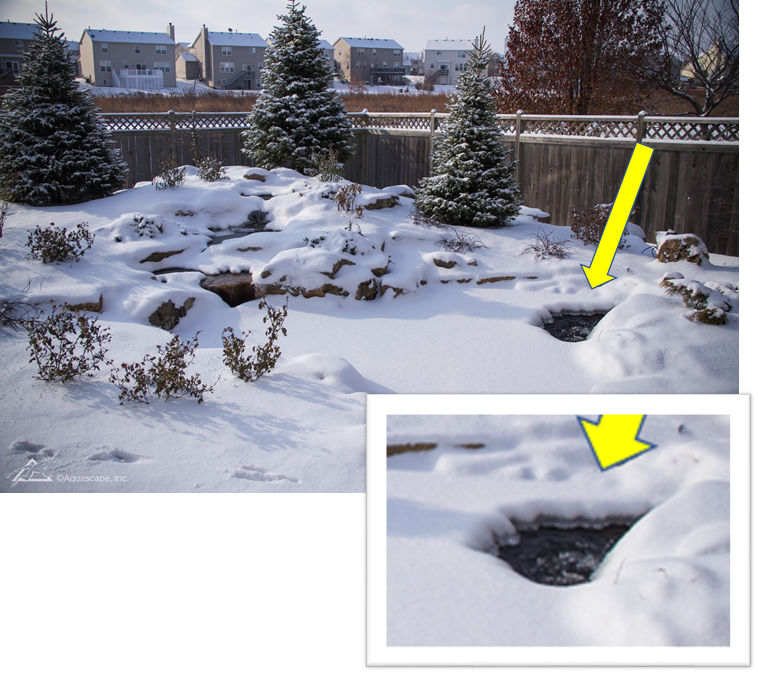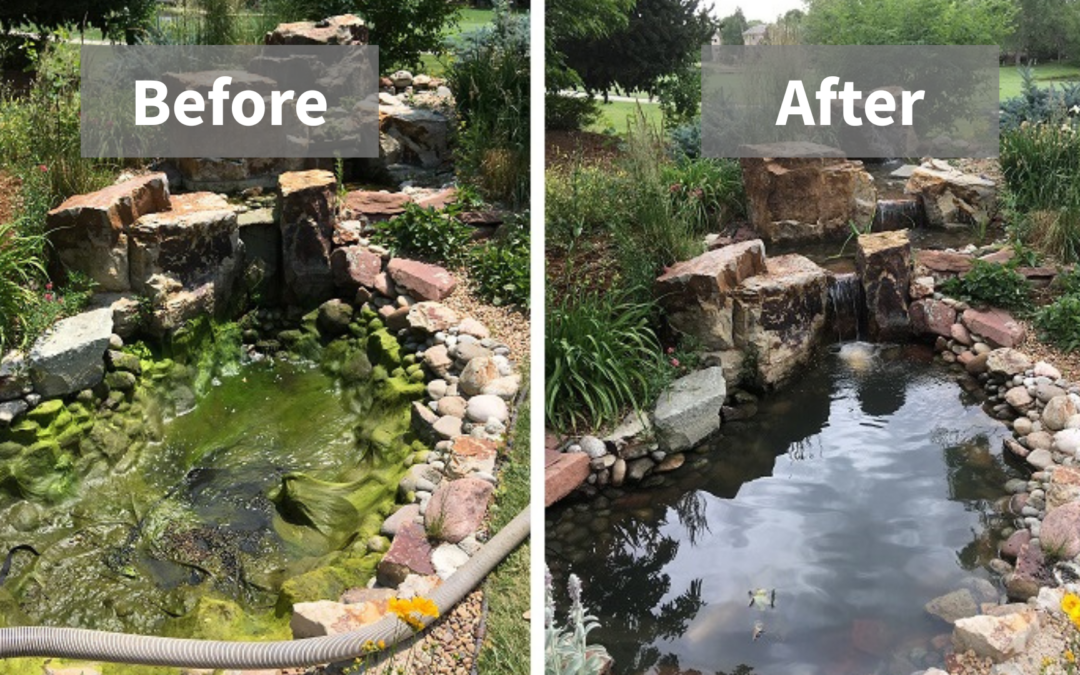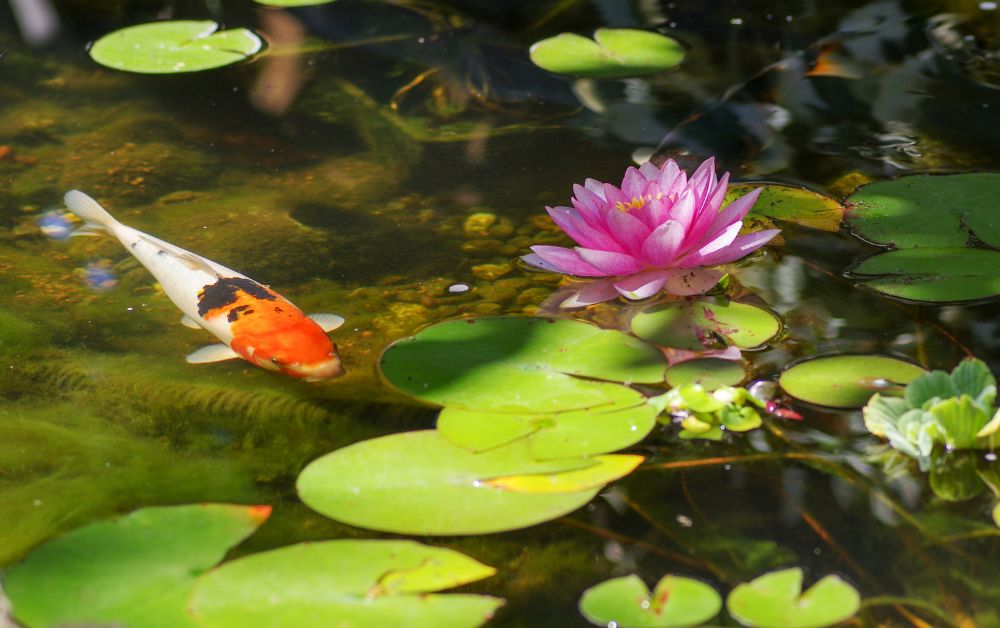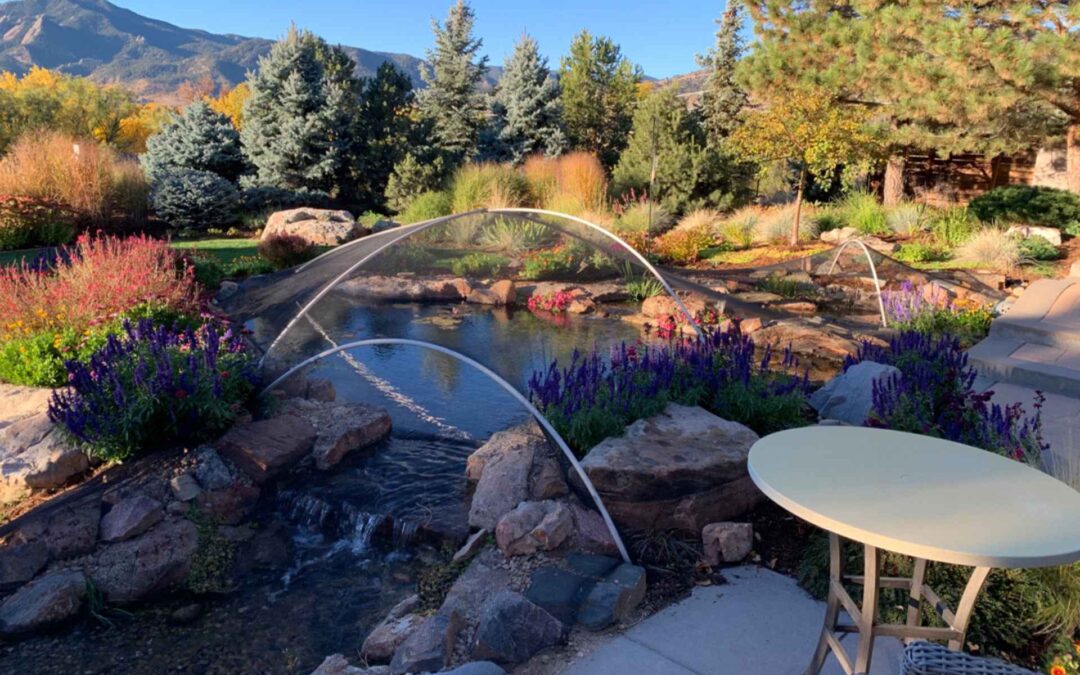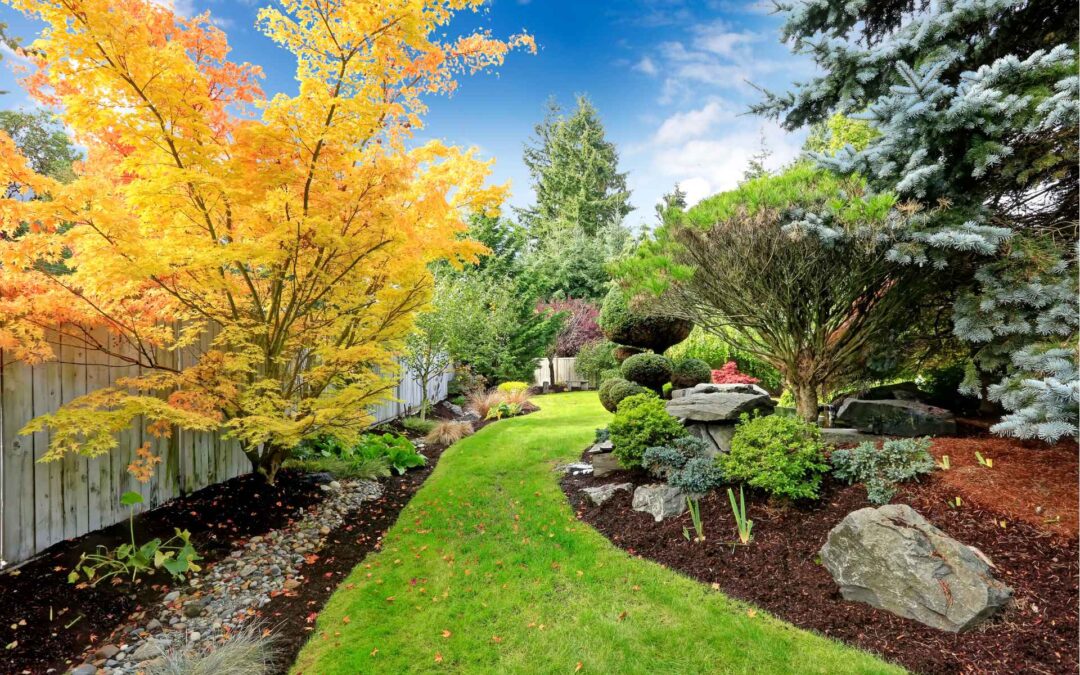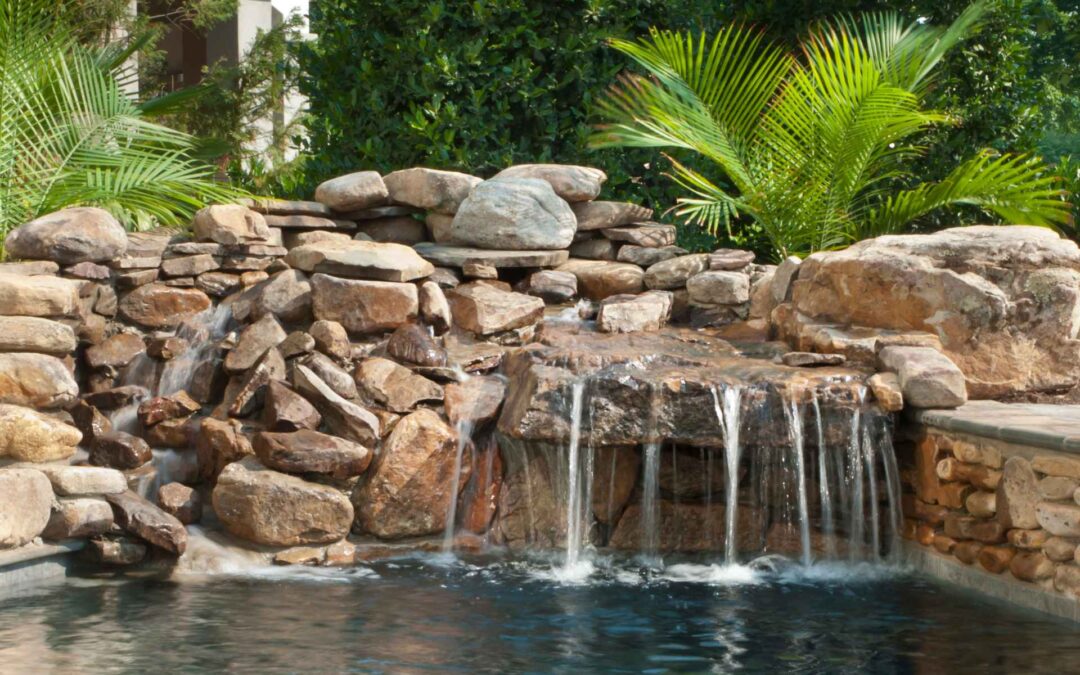Pond De-icer
Did you know that the most common reason for winter fish loss is gasses getting trapped under the ice? It’s really a lack of a pond de-icer? Yes! Often referred to as a “floating pond heater”, they are invaluable to a Colorado pond. Many people think it is because it got too cold or the fish froze…..not so.
Trapped Gasses
A de-icer or heater doesn’t exactly heat up a pond like a warm swimming pool. They actually keep one small area from freezing over. Gases form in the water when decaying organic matter like leaves break down. Gasses from the fish themselves build up in the water when it is iced over. These trapped gasses can actually suffocate the fish! A de-icer produces enough heat to keep the water from freezing around the unit. This allows these gasses to escape the pond. If you have lots of plants in your pond or more than 10 fish, you may want to consider using more than one de-icer to make sure there is enough ventilation.
Oxygen
Although fish don’t do a lot in the winter, they do need oxygen. When aerators are used in combination with a de-icer the fish have a good supply of air and a way for off gasses to get out. This benefits the plants as well as the fish. To have healthier fish, plants and a thriving ecosystem, use both throughout the winter.
Placement of Aerator
It is important that aerators are not placed at the bottom level of the pond. There is a thermo-climb temperature gradient within the pond during the winter. Simply said, the bottom of the pond is warmer during the winter than the top because the earth is not frozen so far down. The more shallow the water gets, the colder the water gets. If an aerator disc is placed at the bottom level of the water, the fresh and very cold air that it brings in will disturb the natural temperature and make it too chilly for the fish. To avoid this, place aerators on a top shelf in the pond. No shelves in your pond? Tie the aerator disc on the side at the level it needs to be. Just use fishing line to attach it to something outside the pond.
Ok to Freeze!
It is actually ok for a pond to freeze over…….as long as there is a hole for gases to escape. When snow accumulates on a pond, it acts as an insulator from the harsh winter wind and dry Colorado air. It keeps evaporation down and keeps the temperatures from fluctuating too much. In the picture above, you can see the that waterfall does have snow on it, but that the moving water is still moving under it. Moving water in pipes doesn’t freeze! The hole with arrow pointing to it is from an aerator bubbling up. In very cold weather the water bubbling can freeze over like a dome and may need to be broken up.
Very Big Fish or Very Harsh Weather
If you have very large koi or live in an area where the weather gets extremely cold, creating 8 inches of ice in your pond….you may want to consider adding a submerged water heater. While this doesn’t heat it up like a hot tub, it will keep the temperature more consistent and keep it from freezing all the way over.
Did you know?
Did you know that there are products like the ThermoCube that are Thermostatically Controlled Outlets? That means they are outlets that you plug your heater into and they turn the outlet off when the air temperatures go above 35 degrees and turn it on when it gets down to 35 degrees. If your heater doesn’t have a temperature controlled on/off feature, this can save you electricity in the winter.
Be Careful with Outlets!
Typical outlets have circuit breakers of 15 or 20 amps and are 120 volt outlets. If GIFs are tripped during the winter, heaters, aerators and pumps can get shut off just when you need them to run. Pipes can freeze in the middle of the night when pumps suddenly turn off. Be sure your circuit can handle the volts of equipment you need to plug in for the winter at the pond. Remember, that the circuit might be carrying load from the house as well. We found a great article to understand how electrical outlets can be overloaded on Blain’s Farm & Fleet’s website. Click HERE to check it out.
For more about getting your pond ready for winter, click HERE.

